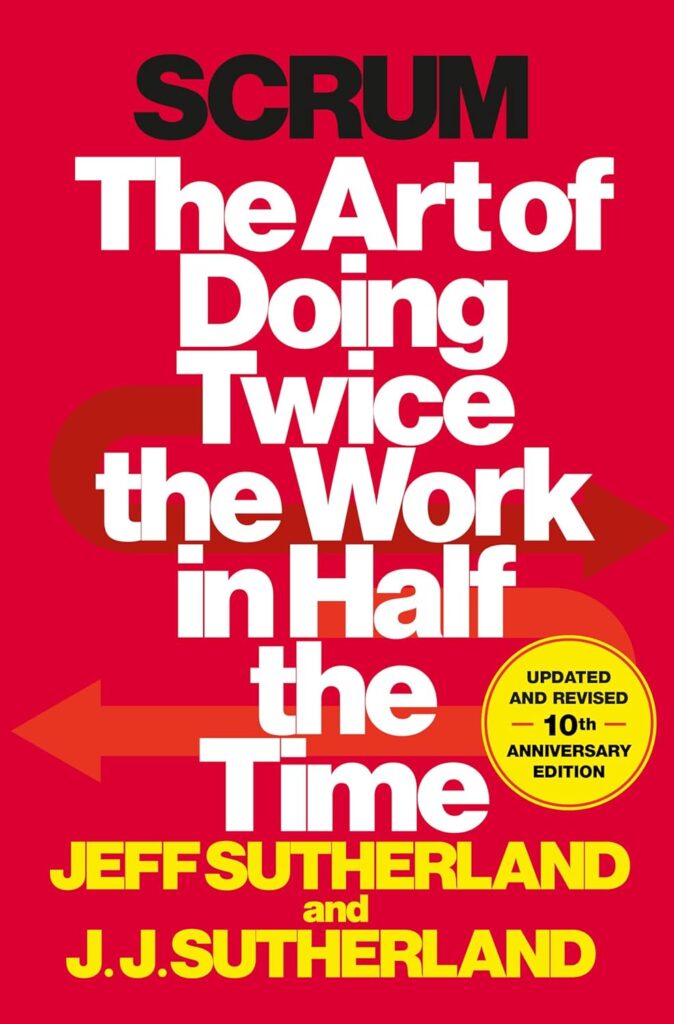Scrum is a popular agile framework used in project management to help teams collaborate, prioritize work, and deliver projects in an iterative and incremental way. Scrum emphasizes flexibility, communication, and continuous improvement to help teams achieve their project goals.
Here’s a brief overview of how Scrum works in project management:
Scrum Roles
Scrum defines three primary roles: the Product Owner, the Scrum Master, and the Development Team. The Product Owner is responsible for prioritizing the work and ensuring that the team is working on the most valuable tasks. The Scrum Master facilitates the Scrum process and ensures that the team is following the Scrum framework. The Development Team is responsible for delivering the project work.
Scrum Events
Scrum has several events that help the team collaborate and plan their work. These events include Sprint Planning, Daily Scrum, Sprint Review, and Sprint Retrospective. Sprint Planning is where the team plans the work they will complete during the upcoming sprint. The Daily Scrum is a daily stand-up meeting where the team updates each other on their progress. The Sprint Review is a meeting where the team demonstrates the completed work to stakeholders. The Sprint Retrospective is a meeting where the team reflects on the previous sprint and identifies ways to improve.
Scrum Artifacts
Scrum uses three primary artifacts to manage the project work: the Product Backlog, the Sprint Backlog, and the Increment. The Product Backlog is a prioritized list of project requirements. The Sprint Backlog is a list of work items that the team commits to completing during the sprint. The Increment is the sum of all completed work from the previous sprints.
Scrum Principles
Scrum is based on several principles that help guide the team’s behavior and approach to work. These principles include transparency, inspection, and adaptation. Transparency refers to the need for open communication and shared understanding among team members. Inspection refers to the regular review and evaluation of project work to identify areas for improvement. Adaptation refers to the need to make changes to the project plan based on feedback and new information.
Scrum is an agile framework that helps project teams collaborate, prioritize work, and deliver projects in an iterative and incremental way. Scrum emphasizes flexibility, communication, and continuous improvement to help teams achieve their project goals. By following the Scrum framework and principles, teams can improve their productivity and deliver high-quality work.


